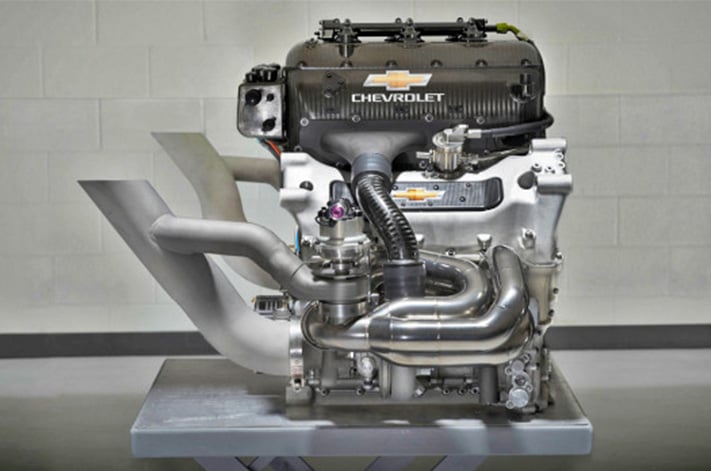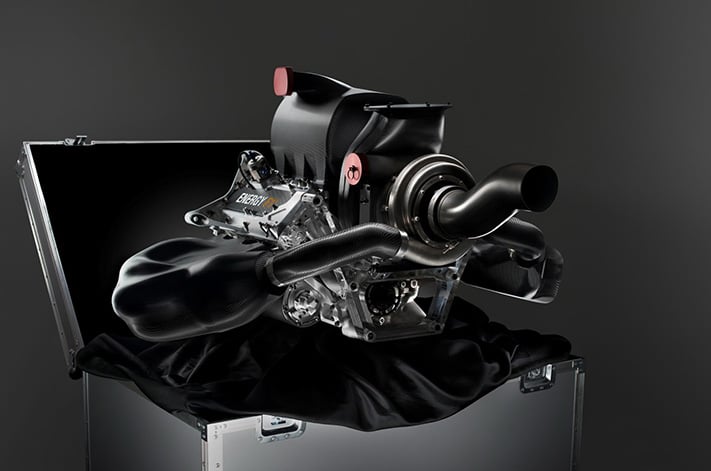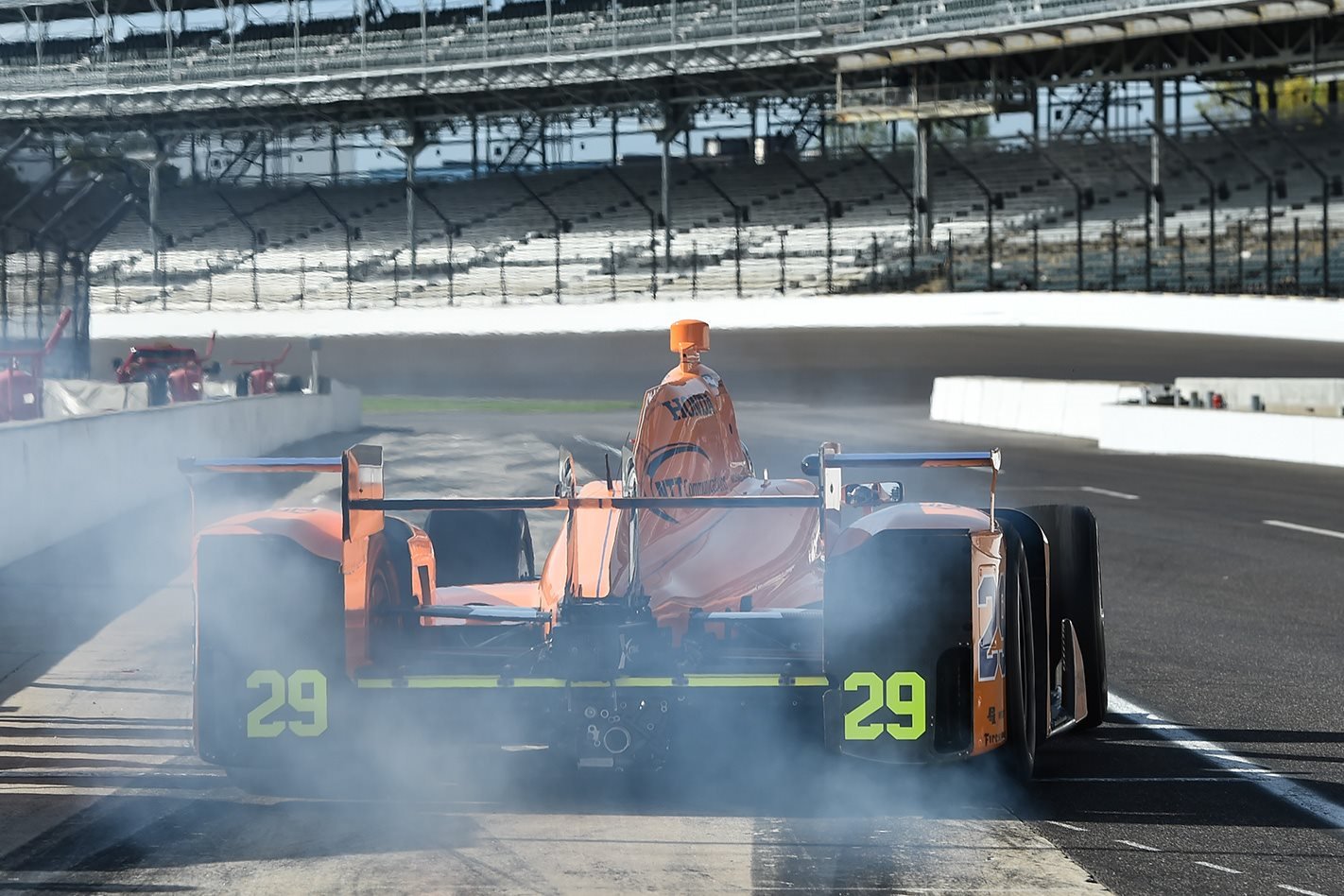NOBODY likes the sad sound of present-day Formula 1 cars, not even the people in charge of the sport.
The quiet drone of the current V6 engine crop isn’t a patch on the high-revving naturally aspirated shriek we’ve waved goodbye to, but turbocharged V6s don’t have to sound so sour – as proven by IndyCar.
The American open-wheeled racing series has been using boosted small capacity V6 engines since 2012 – two years before Formula 1 adopted a similar format – and they happen to sound pretty exciting.
And, at a base level, the engine specs of the two categories are surprisingly similar.

Formula 1 regulation specifies a 1.6-litre turbocharged V6 engine (below) with a rev limit of 15,000rpm running on unleaded petrol. Though the rev limit is higher, a 100kg/hr fuel flow limit (and the enormous torque of these engines) means drivers often short-shift before redline.

Its difficult to illustrate just how loud the IndyCar engines actually are, whereas anybody who has visited a recent Formula 1 race will tell you that maintaining a conversation with the cars running isn’t that difficult.
A large part of the difference comes down to the complex hybrid system required in a Formula 1 power unit. The electric motors and generators add their own whininess to the overall sound, but they also diminish some of the noise of the engine and turbo and leave us with this…
One could kindly describe the sound of current F1 cars as interesting, but not quite as emotionally engaging as that of their American cousins.
A motor generator unit integrated within the turbocharger in a Formula 1 car makes a wastegate more or less redundant, and takes away much of the screaming exhaust rush that’s heard from each of an IndyCar’s two turbos.
Video: Visor Cam injects more thrills to televised motorsport
There’s also the fact that sound is wasted energy, and as the efficiency of Formula 1 internal combustion engines improves, so their sound reduces. It’s possible a lift on the fuel flow limit could help, with teams then able to dial up their engines to higher peak revs, but that would go against the sport’s current efficiency objectives.
Formula 1 is a hotbed of incredible engineering feats making racing cars faster and more efficient than ever, but sadly going fast with these engines doesn’t sound anywhere near as viscerally sensational as it used to.
At least IndyCar is helping out with that in its own way.
 Turbo Titans
Turbo Titans
Everything you’ve ever wanted to know about the humble turbocharger and its miraculous power-boosting abilities.





